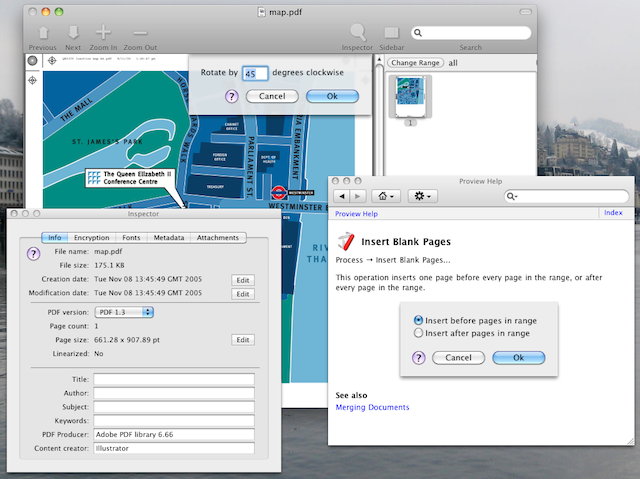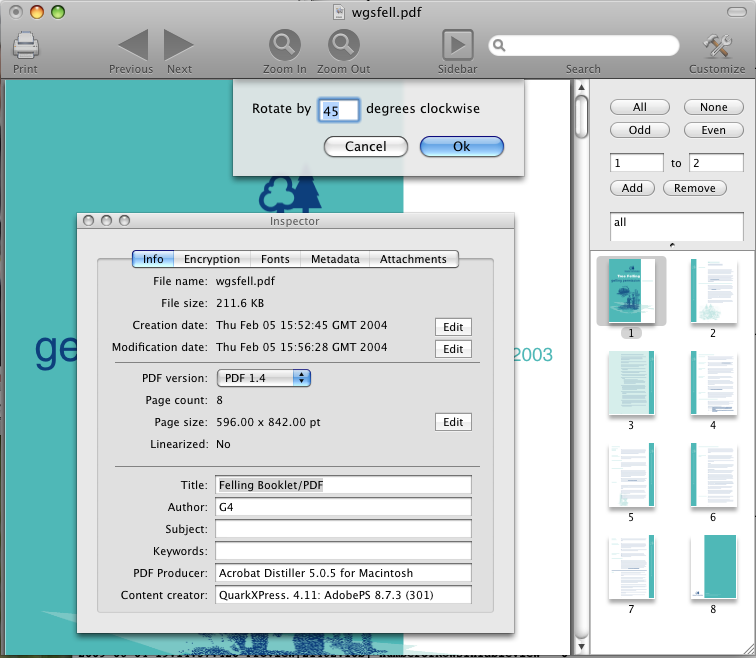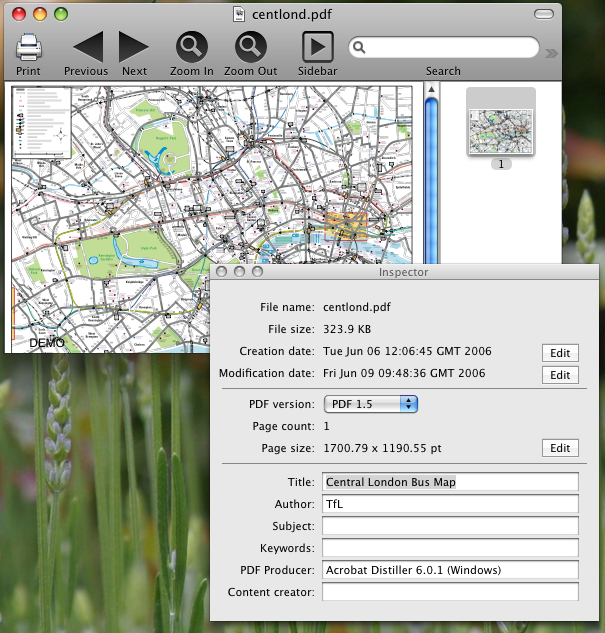We’re well into the first testing cycle for Proview now. We’re using MacDeveloper, which automates the process somewhat, and has a group of about 8000 people signed up for testing, giving them discounts or free copies of the software when they’ve submitted enough acceptable bug reports to the ticketing system.
MacDeveloper runs with its own ticketing system, but the data can be exported to CSV. Haven’t worked out how to get it into bugzilla yet, though.
I’m happy with how few crash/freeze bugs have been reported, and the complaints about the interface seem to crystallize around a couple of issues – so we’ll re-jig it before the next release.
Here and here are a couple of articles on contemporary beta testing.




